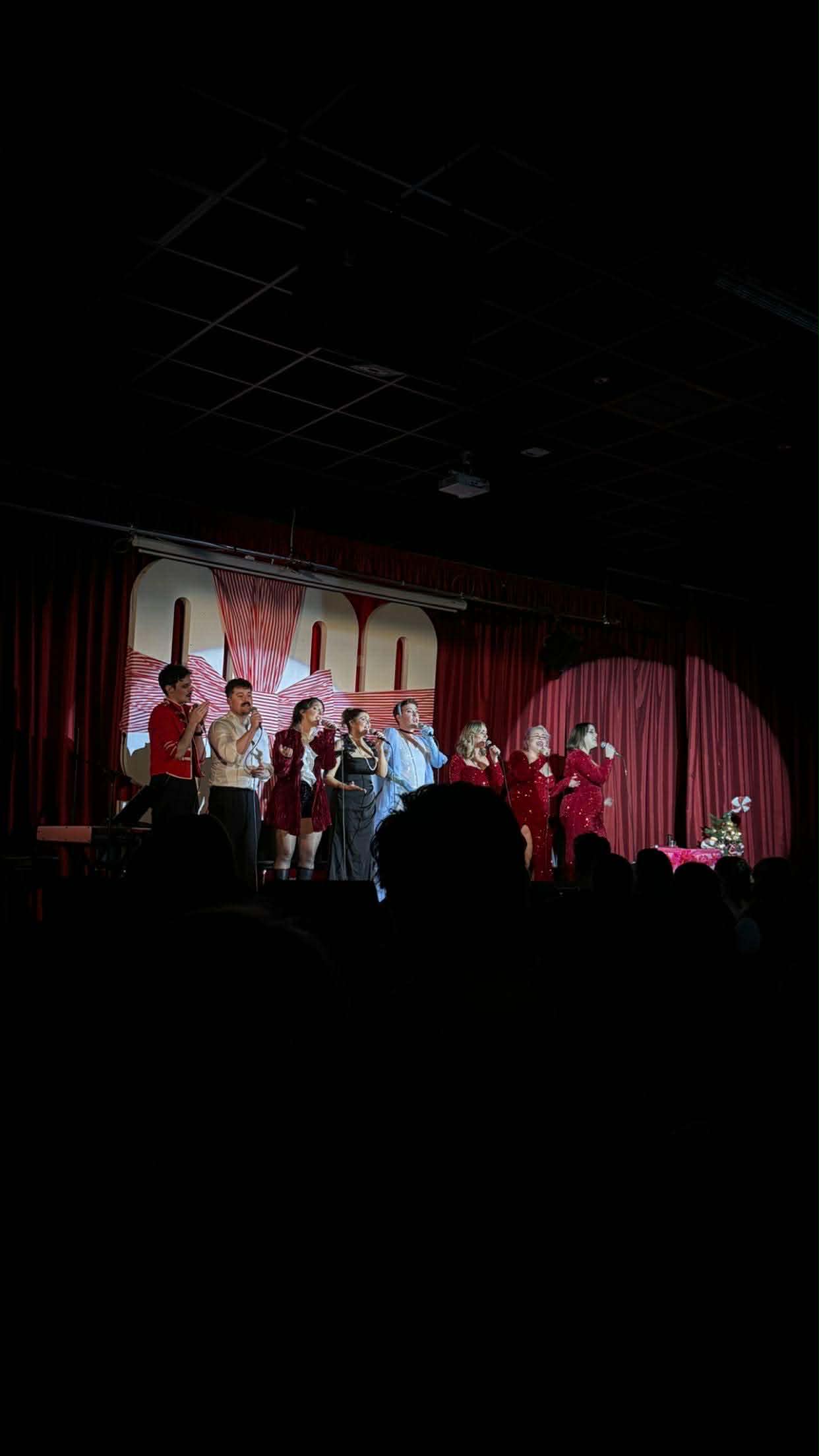Words by Gabriella Sanders.
Whether or not Taylor Swift is at the top of your agenda, it is no secret that Swift’s stardom has taken humanity by storm. With her international Eras tour combining years’ worth of genre breaking discography into one impressive three-hour performance, her music has something for everyone.
However, it is not simply the sheer diversity of music or performance stamina that has gained Swift her reputation. Since the beginning of her career, Swift’s lyricism has been like no other. The literary devices established throughout her albums are nothing short of an English Scholars dream. Swift embellishes her songs with metaphor, simile, hyperbole and allusion. Many argue, these lyrics can be read as literature. So, let us embark on a journey here to unpack some of the fantastical literary allusions.
If you’re not too sure, an allusion is an implied and purposeful reference to another work of art, place, person, or event within a body of text. Swift’s lyricism thrives off them time and time again.
To begin, let’s look at a more obvious example: the creation of Taylor Swift’s hit 2008 song ÔÇÿLove Story‘. As we reflect on this song, which was released 15 years ago, we see that Swift took us back approximately 426 years with her clear reference to Shakespeare’s, ÔÇÿRomeo &┬áJuliet‘. Swift’s profound song writing echoes the tale of forbidden love, with lyrics such as “And I was crying on the staircase/ Begging you ÔÇÿplease don’t go’/ So I sneak out to the garden to see you/ We keep quiet cause we’re dead if they knew“. This illuminates famous scenes between the star-crossed lovers. However, Swift reimagines the ending of ÔÇÿRomeo & Juliet‘ to incorporate a more positive twist of marriage over death, healing the trauma Shakespeare set out in his original tragedy, to remake the story her own.┬á
Moving on, Swift makes both explicit and implied references to F. Scott Fitzgerald’s, ÔÇÿThe Great Gatsby‘ in numerous songs, each for alternative effectives. In ÔÇÿThis is Why We Can’t Have Good Things‘, Swift appears to use Fitzgerald’s work to dismantle her feud with Kanye West, echoing the fanciful fa├ºade of Gatsby’s parties, ones that had her “feeling so Gatsby for that whole year“.┬á
Aside from this explicitness, Swift returns to the novel more subtly in her later releases. In Folklore’s ÔÇÿHappiness‘, Swift continues to be inspired by ÔÇÿThe Great Gatsby‘, writing “I hope she’ll be a beautiful fool”. Here we recall Fitzgerald’s Daisy, who infamously states, “the best thing a girl can be in this world [is] a beautiful little fool“. However, Swift doesn’t stop there. She talks of the ÔÇÿgreen light of forgiveness‘ that symbolises a yearning for love that is quite simply just out of reach for Gatsby, within her song.
But it isn’t just textual allusions that Taylor Swift incorporates into her music. Within the deluxe track ÔÇÿThe Lakes‘ from Folklore, as well as wonderful imagery capturing The Lake District, Swift writes “take me to the lakes where all the poets went to die“, alluding to those as Samuel T. Coleridge, William Wordsworth, and Robert Southey, otherwise known as The Lake Poets. In fact, Swift specifically alludes to Wordsworth with a cleverly curated play on words in the lines, “I’ve come too far to watch some namedropping sleaze / Tell me what are my words worth“.┬á
But why do these allusions have such a profound effect in her writing? By embedding her personal experiences within references such as those we’ve discussed, Swift both brings to life and redefines their themes within our modern world. Clinging to these pieces of intertextuality, Swift’s song writing exceptionally highlights the shared experience of humanity. This inspiration is found in emphasising that no matter the time passed between texts, the emotions we experience in this life can be drawn upon to bring us together as a community.┬á┬á
These are simply a select few examples of allusion in Taylor’s writing, but I hope understanding her tendency to work with this clever tool, you’ll find allusion scattered between the lines of songs you’d perhaps never realised, and have the time of your life unpacking them, as do I, between cathartic screams and questionable dance moves. Don’t have too much fun though, or else you might find yourself swapping out Cardiff to fly overseas, with several universities now offering Taylor Swift classes. That being said, the future is Swift, and I’ll catch you there.
Note from editors: 
As editors we wanted to acknowledge the recent event in relation to Taylor Swift’s Eras tour, which has been widely reported in the media. A fan, sadly, lost her life. The decision to publish this article was made prior to this unfortunate event. Our deepest condolences go out to the family and friends of Ana Clara Benevides during this difficult time.


